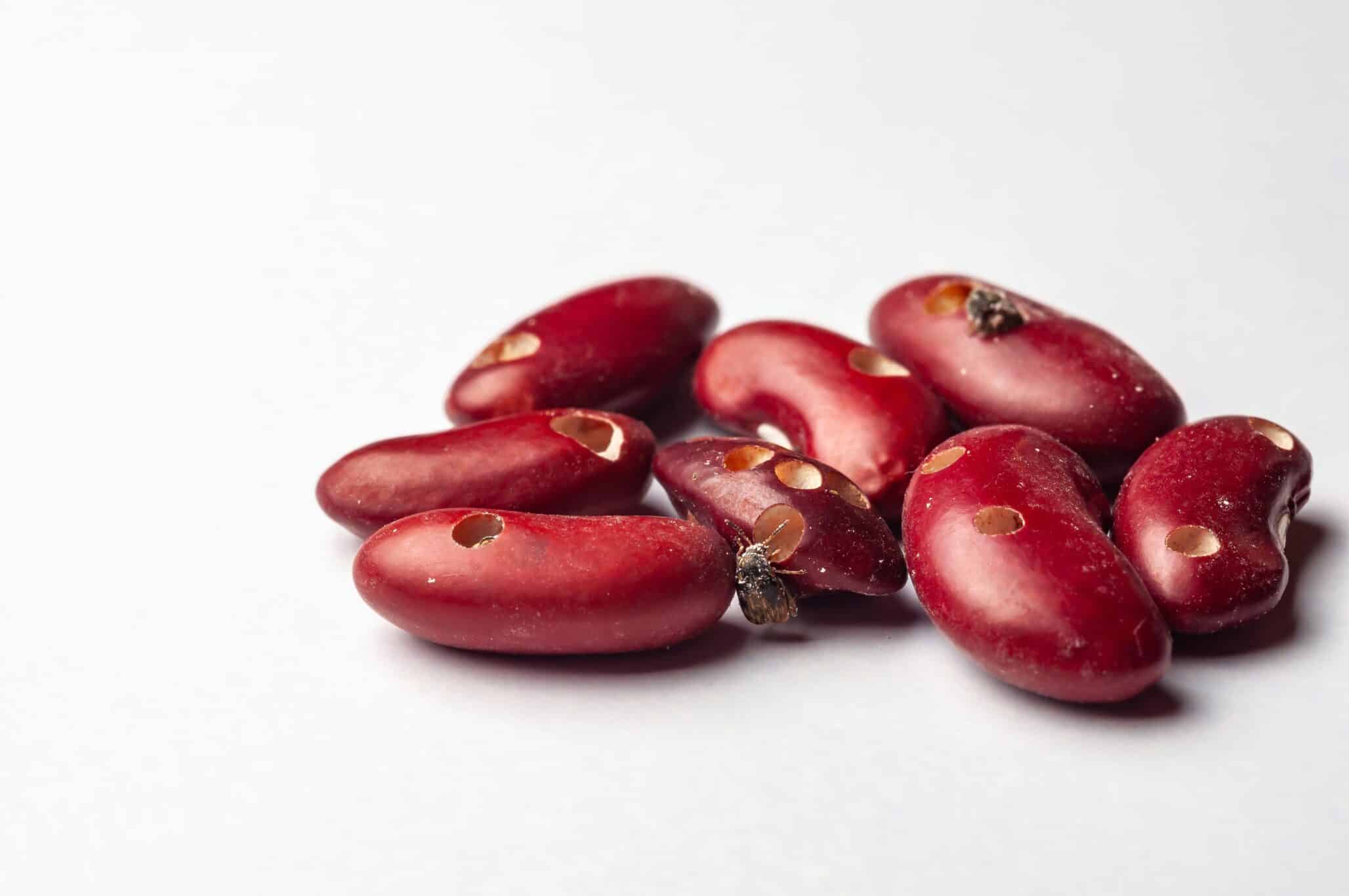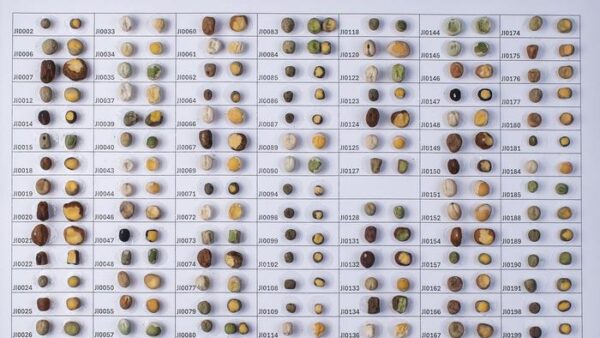Subtle differences in the molecular structure of a beetle sex pheromone may offer a new tool for protecting stored legume crops from the destructive dried bean beetle (Acanthoscelides obtectus), according to a new study.
This beetle poses a significant threat to Phaseolus beans — a group that includes the common bean — and is a major concern in many parts of the world. The difficulty in managing this pest lies in its larval stage, which develops hidden inside seeds, making it hard to detect and control using conventional methods. Early detection in storage or the field could enable more effective, timely interventions.
The study focused on the beetle’s primary male-produced pheromone, methyl (E,R)-2,4,5-tetradecatrienoate, which plays a key role in attracting females. Although this pheromone was first identified 50 years ago, its use in pest management has been limited by challenges in synthesizing and stabilizing the compound for commercial use, according to a press release.
Scientists have now investigated how female dried bean beetles respond to different enantiomers of the species’ sex pheromone. Enantiomers are mirror-image molecules made up of the same atoms but arranged differently in space — often leading to distinct biological effects.
The study confirmed that only one version of the molecule — the (R)-enantiomer — triggers a behavioral response in females. Its mirror image, the (S)-enantiomer, does not attract females on its own. However, when present in the right proportion alongside the (R)-form, it surprisingly enhances the overall attractiveness of the pheromone blend. Too much or too little of the (S)-form, however, negates this effect.
These findings represent a promising advance toward developing effective pheromone-based traps. Crucially, a mixed-enantiomer blend is easier and more cost-effective to produce than the pure (R)-enantiomer. If further validated, such a system could provide farmers with a sustainable and targeted way to monitor and manage beetle populations—offering better protection for vulnerable legume crops.
“With bean crops playing a crucial role in global food security, this research offers fresh hope for reducing losses and improving yields,” said Rothamsted’s Anusha Mohan-Kumar who led the research. “The next step will be to refine the pheromone synthesis and optimize trap design for field application.”













